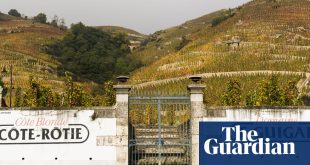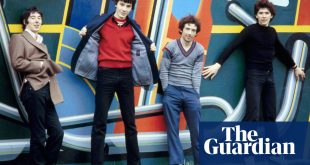Grandiose buildings, coffeehouse culture and a central square big enough to parade a small army in … there’s a reason this city at the end of the Adriatic is called “little Vienna by the sea”. Since the 14th century, when it asked the House of Habsburg for protection from the covetous reach of Venice, Trieste has spent more time as an Austrian city than as an Italian one. The imposing facades were built during its heyday as a major seaport of the Austro-Hungarian empire, and even today the mittel-Europeans who come here on holiday can’t help but feel at home.
There’s little shipping trade left – on the waterfront beyond that huge square, Piazza Unità d’Italia, cruise ships look down benignly on the swaying masts of tiny pleasure yachts – but what remains reveals another Austrian legacy. For 300 years, Trieste has been where the bulk of Italy’s green (unroasted) coffee beans arrive, and it’s rumoured that Triestini drink twice as much of the brew as their countrymen. They certainly like to linger over it, in contrast to the rest of the country’s standup espresso habit. All day long you’ll see people chatting over a capo in b (a mini cappuccino in a glass) in the central Borgo Teresiano area, named after the empress under whose reign many of its now-pedestrianised streets and squares were built.
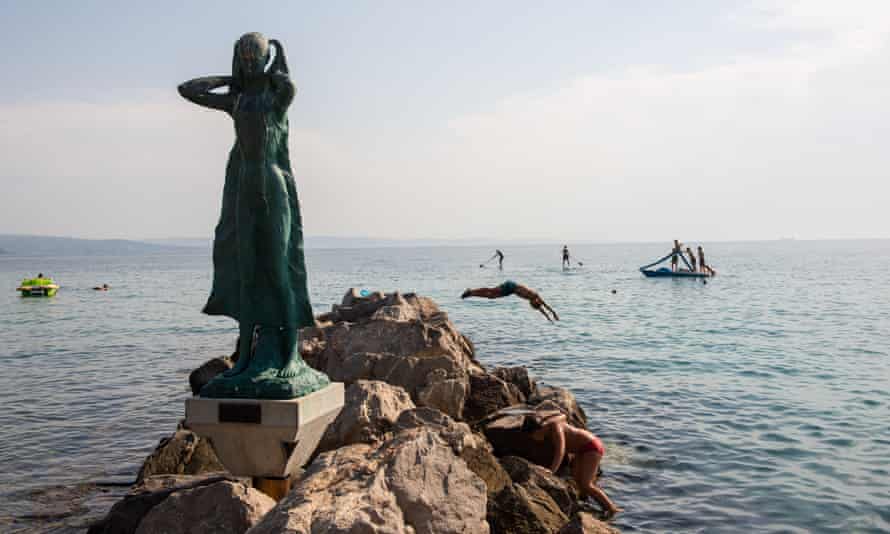
But it’s not all strudel and Viennese waltzes; this is a place whose long and diverse history begins at the foot of its hill, where the ruins of a Roman amphitheatre hint at this coast’s importance to Julius Caesar. A steepish climb through the old town leads to the medieval stone fortress and cathedral, and the view over rooftops is a reminder of the unusual religious freedoms Trieste enjoyed before the first world war: the multiple domes of one of the largest synagogues in Europe, the winking gold mosaics of the Serbian orthodox church, and the white towers of the Greek one.
That multiculturalism is finally re-emerging: Slovenia’s entry into the EU is helping to reintegrate the Slovene-speaking community, which was a major part of the city’s demographic before fascism, and which still dominates the Karst plateau that overlooks the city. These green limestone hills have become a foodie destination in their own right, thanks to the wine, ham and cheese produced here, and which make their appearance in Trieste’s buzzing wine bars at aperitivo hour.
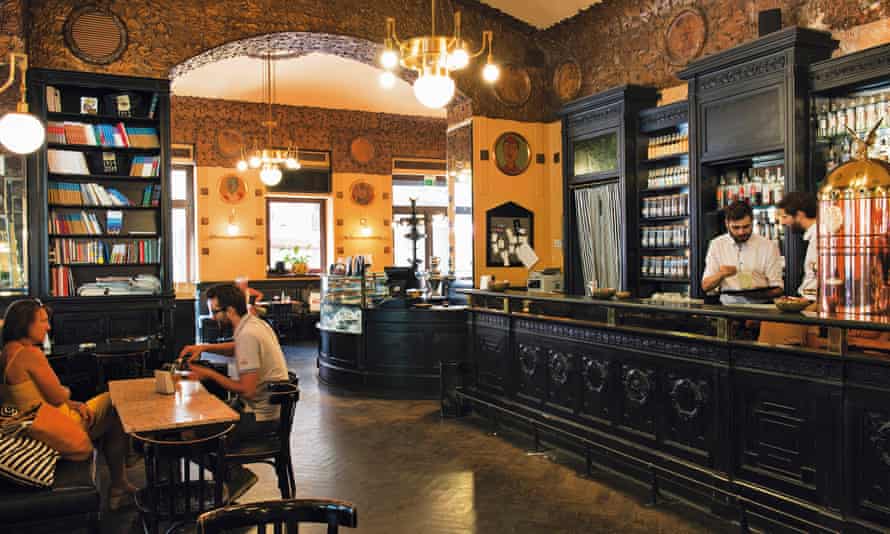
The streets of this mercantile city offer plenty of good shopping, and the presence of the university has fostered a strong market in rare and secondhand books. The former Jewish ghetto, behind Piazza della Borsa, hosts a wonderful collection of antique shops, while the once-seedy alleys of Cavana’s historic red-light district (frequented by a certain James Joyce back in the day) are abuzz with bars, restaurants and evening strollers.
Where to eat and drink
Of the coffeehouses, Caffè Degli Specchi is the best-known, spreading magisterially across Piazza Unità, where customers wait to be ushered past its red rope. Its owners, the Faggiotto family, have two more worth seeing – Caffè Tommaseo near the seafront, which hosts regular concerts, and Pasticceria La Bomboniera, past the Canal Grande, which showcases a heart-stopping selection of cakes, pastries and chocolates. And if you think the rich interior of Antico Caffè Torinese resembles an early ocean liner, that’s because that was the designer’s day job. During the day it’s a patisserie selling presnitz – the spiral Triestine pastry stuffed with nuts, currants and rum – and brioche-like pinza; by night it’s an elegant backdrop for cocktails.
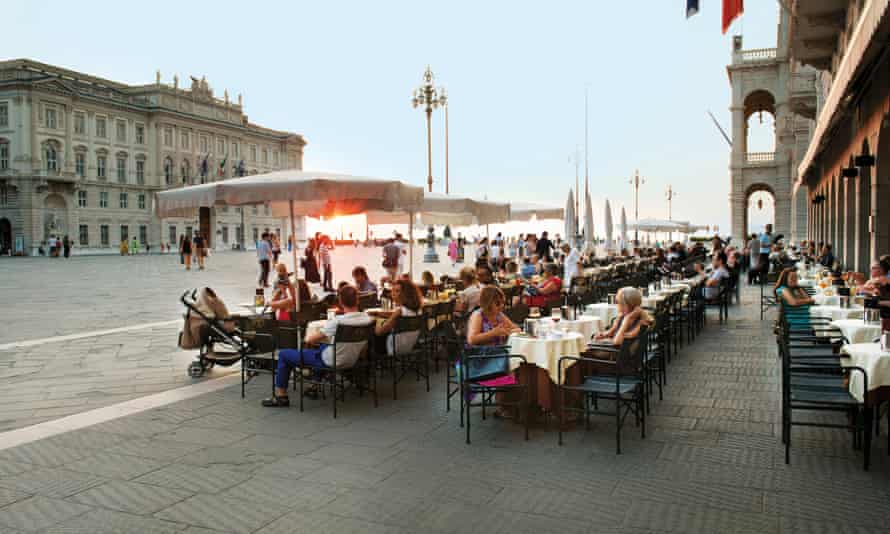
For more substantial meals, buffet restaurants still serve the dishes fishermen and quayworkers used to eat mid-morning when they finished work. Alongside traditional sausage and boiled pork dishes, Buffet da Siora Rosa (which celebrated its 100th anniversary last year) also has plenty of meat-free classics, from stewed cuttlefish or gnocchi stuffed with plums to jota, the local bean soup. Hostaria Malcanton, a few steps from Piazza Unità, specialises in fish and seafood fried to perfection, or combined with seasonal vegetables in mouthwatering pasta dishes. There’s a more experimental spirit at Ristorante Ai Fiori, whose tasting menu includes octopus with barbecue sauce, creamy peas and taro chips.
You may not expect a “sports bar” to be the best place in the city for wine, but the cave-like interior of Osteria da Marino, festooned with rugby memorabilia, is a cosy place to sample more than 700 varieties, including those made from the glera grape, also known as prosecco, from the nearby village of the same name. Farms and vineyards on the Karst hills east of the city are allowed to sell their produce direct from their doors for just a few weeks each year. These establishments are called osmize, and website osmize.com shows which are open on any given day.
Culture
Trieste is proud of its literary connections – as well as Joyce, poets and novelists from Rilke to Stendhal spent time here – and salon-style conversation lives on at Caffè San Marco, whose high ceilings have nurtured lofty ideas since 1914. Its gorgeous bookshop is as big a draw as the food in its restaurant, and it remains a meeting place for local intelligentsia, visiting professors and more, presided over by charismatic owner Alexandros Delithanassis.
Trieste’s most revered authors are Umberto Saba, Italo Svevo and Svevo’s best buddy, Joyce, who stayed, drank and wrote here either side of the first world war. Plaques all over town document Joyce’s various living quarters (he was frequently kicked out for failing to pay rent) and an increasingly impressive Bloomsday festival is held each June – in 2022 it runs to seven days (12-18 June), incorporating readings, film showings and even Irish breakfasts. Meanwhile, the new Literature Museum of Trieste will open later this year in the newly renovated city library, incorporating the city’s Joyce and Svevo collections.
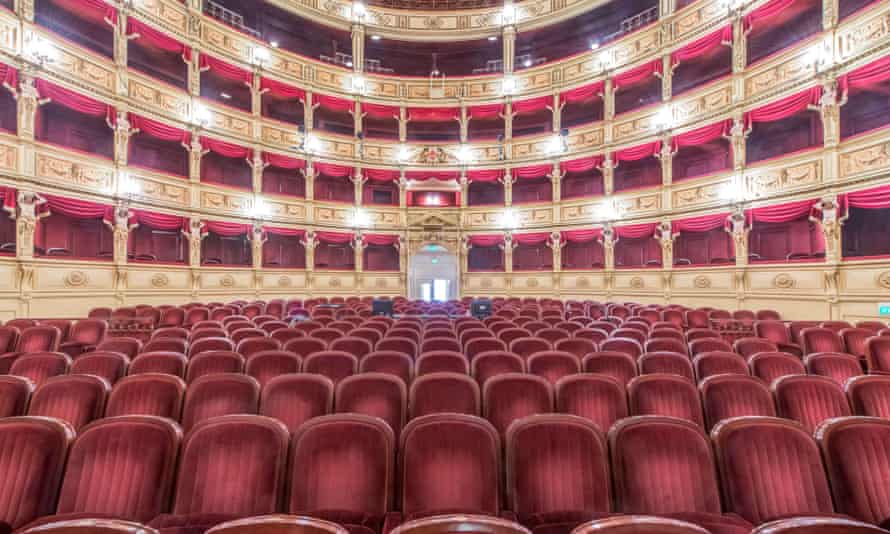
For a taste of life less rackety, Museo Revoltella is the fin de siecle collection of art and artefacts bequeathed to the city by socialite Pasquale Revoltella and on display in his former home, or Teatro Verdi, the city’s opera house and symbol of its bourgeois charm.
Outdoor space
North of the centre, past the train station, is the suburb of Barcola, whose waterfront doubles as Trieste’s beach. Don’t be fooled, there’s no hint of sand – whatever isn’t pebble is concrete. That doesn’t stop Triestini coming here at every opportunity, for an early morning dip, a lunchtime tanning session or an after-work chillout.
Fare il bagno is an integral part of the local culture and everyone has their favourite spot for a dip. There’s the pine grove with its rare shade, one of the topolini (semi-circular platforms over the prom), and even a popular nudist stretch. In October the sea bristles with sails as over a thousand boats congregate for Trieste’s annual regatta, the Barcolana.
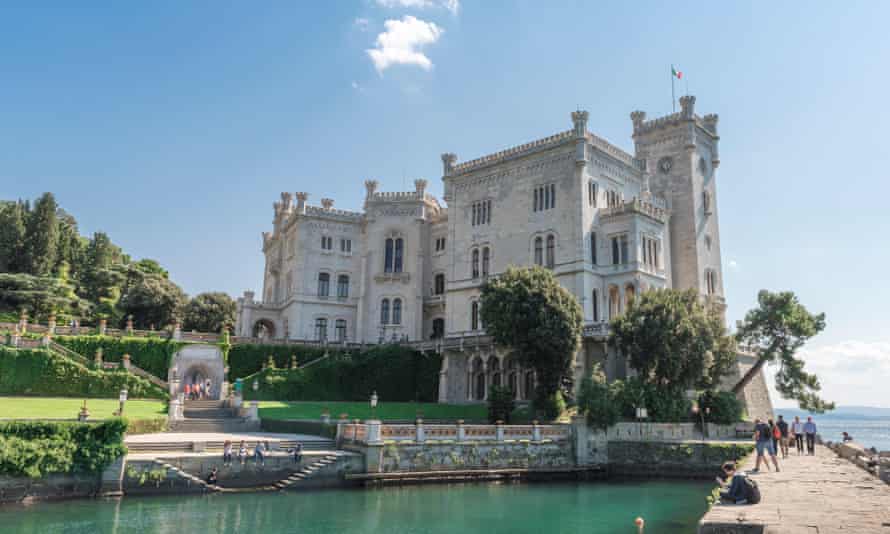
On a promontory at the far end are the fairytale white turrets of Miramare castle, built in 1860 by Archduke Ferdinand Maximilian, brother of the Austrian emperor. He lived, with his wife, Charlotte of Belgium, in his romantic dreamhouse for only three years before he was executed in Mexico; today, the interiors and the extensive gardens are immaculately preserved. The 54-acre park is one of Trieste’s finest public spaces, open every day and easily reachable by bus. The waters around the castle are a marine reserve protected by the WWF, which offers guided snorkelling and scuba diving tours.
Where to stay
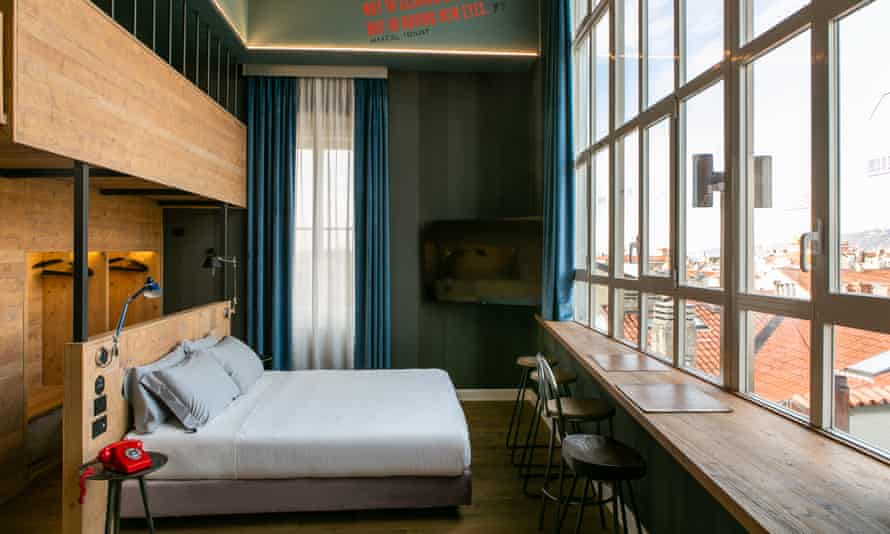
Trieste’s architecture lends its hotels a certain hauteur. Its buildings were built to inspire awe, not cosiness: the Double Tree, which opened in 2020 in a former insurance building, is a perfect example, with outsize staircases, soaring ceilings, marble columns and classical statues. Just round the corner, the Modernist Hotel (doubles from €128 room-only) offers a boutique feel in a 19th-century palazzo built by one of the city’s foremost philanthropists, physician Gregorio Ananian. Its lobby bar (open to the public) has an enticing mid-century feel, and guests wake each morning to a rousing quote from Proust, Eliot or some other 20th-century genius painted on their ceiling.
Travel pass provided by Interrail – prices from €185 (for four days’ travel within a month). The trip was provided by Turismo Friuli Venezia Giulia
 Top Naija News: Nigerian News, Breaking News Nigeria and World News Top Naija News is a daily news publication in Nigeria, delivering the latest breaking news in Nigeria and around the world.
Top Naija News: Nigerian News, Breaking News Nigeria and World News Top Naija News is a daily news publication in Nigeria, delivering the latest breaking news in Nigeria and around the world.


